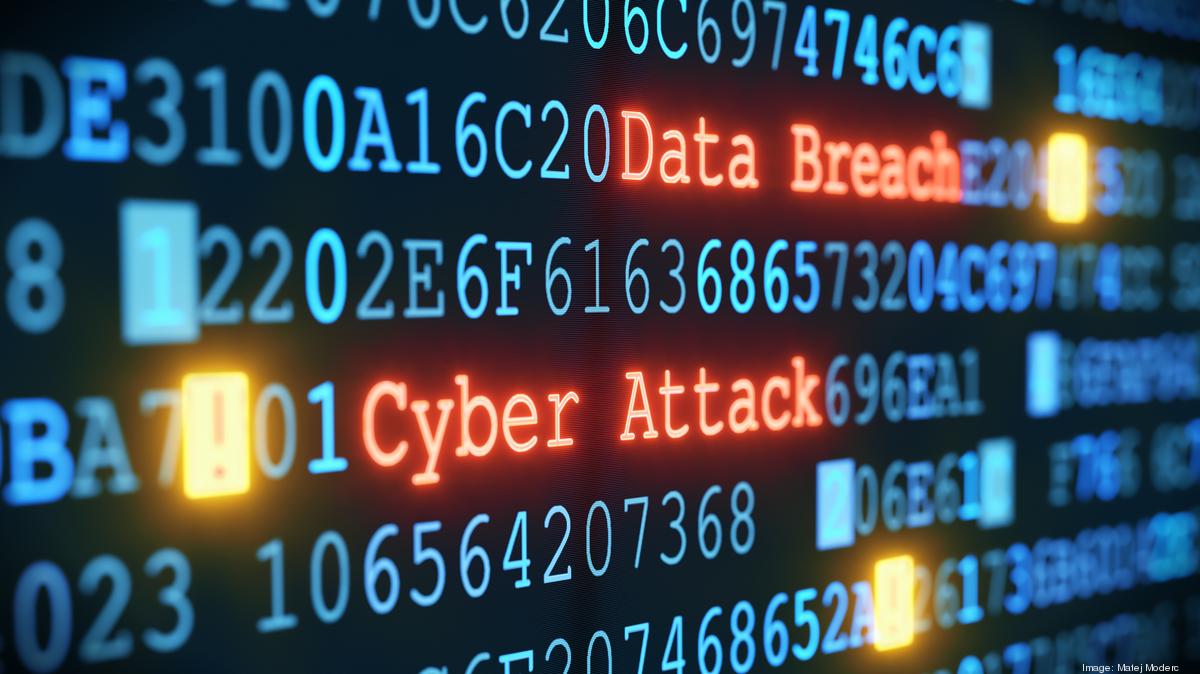
Small businesses face more sophisticated cybersecurity threats
- 18.03.2025 20:10
- bizjournals.com
- Keywords: Cyberattacks, Ransomware, Phishing, Deepfakes, AI, Cyberinsurance
Small businesses face increasing sophisticated cyberattacks, with ransomware being a major threat. Experts advise against paying ransoms and recommend prevention measures such as employee training, system updates, and cyber insurance to mitigate risks.